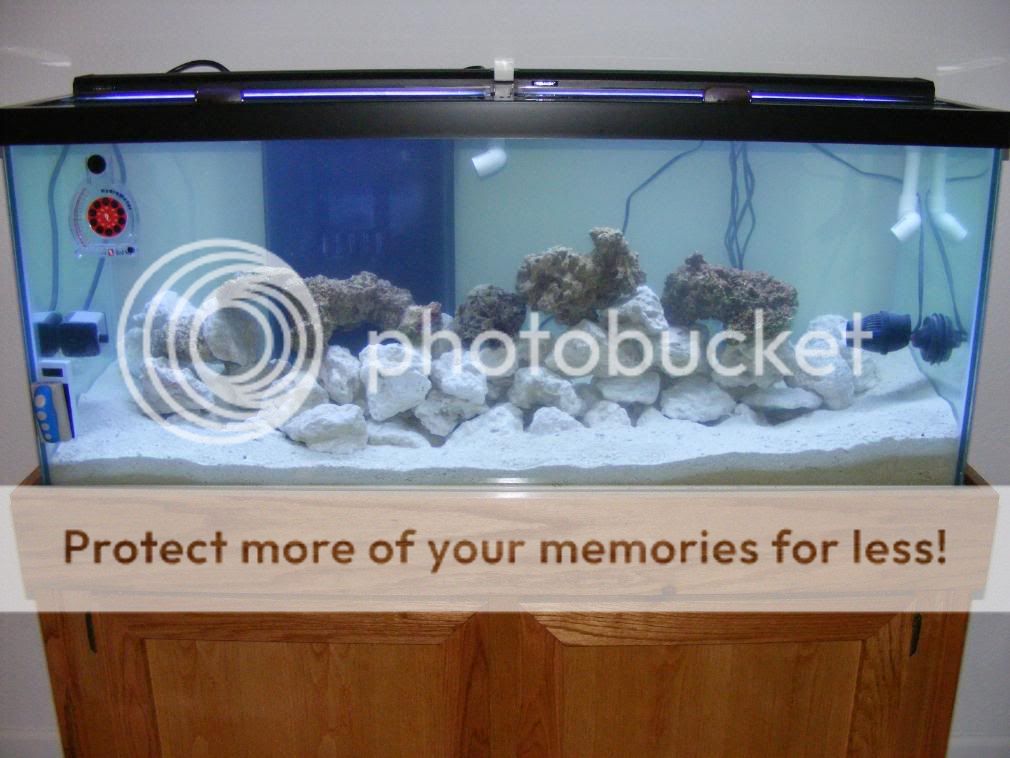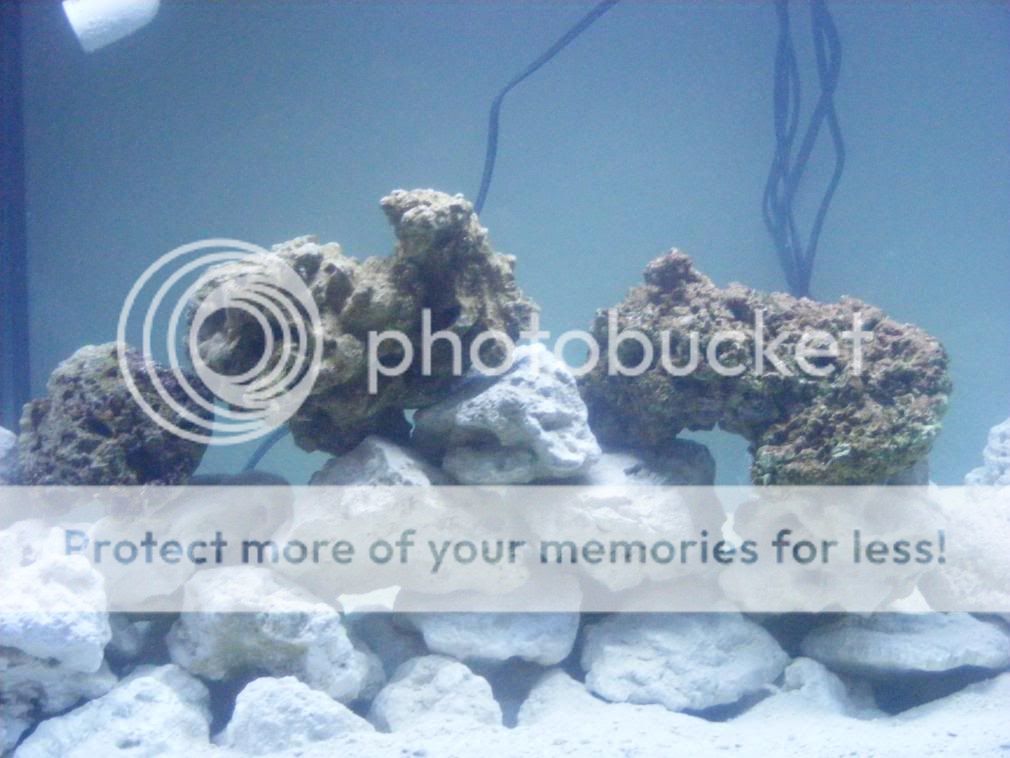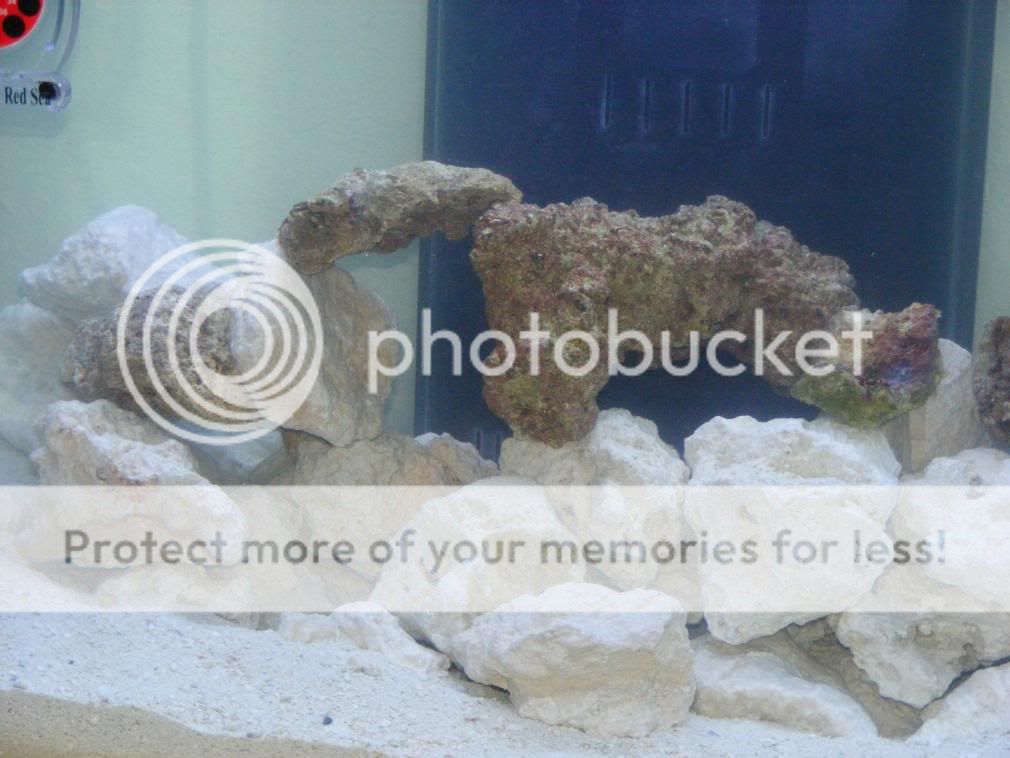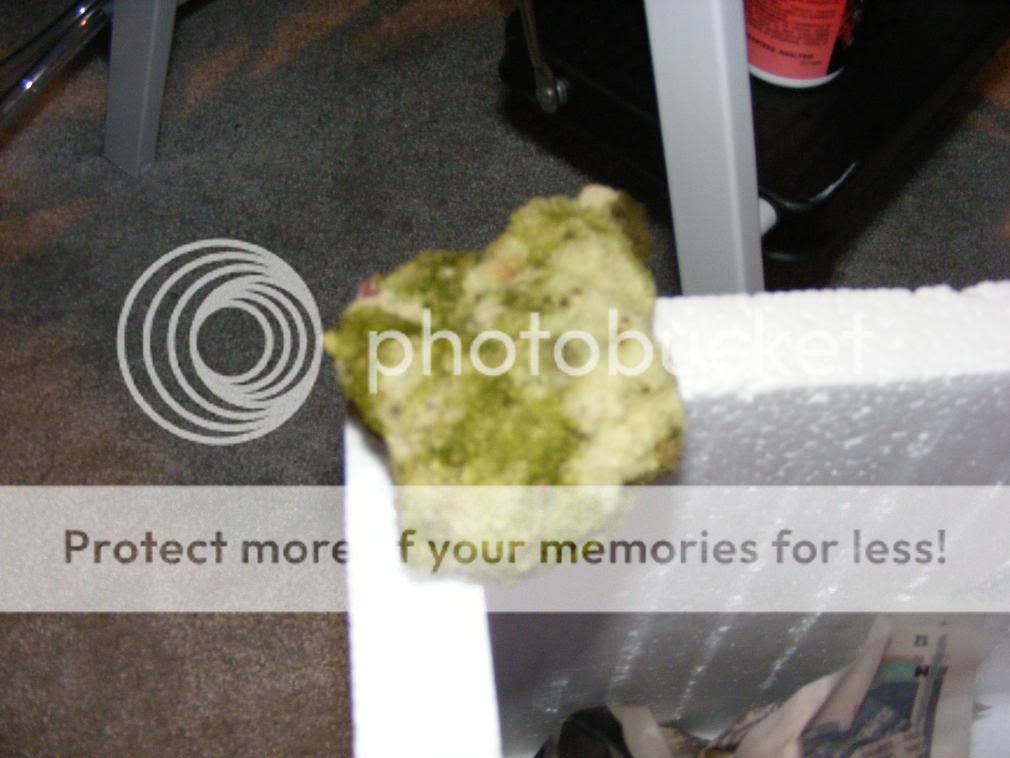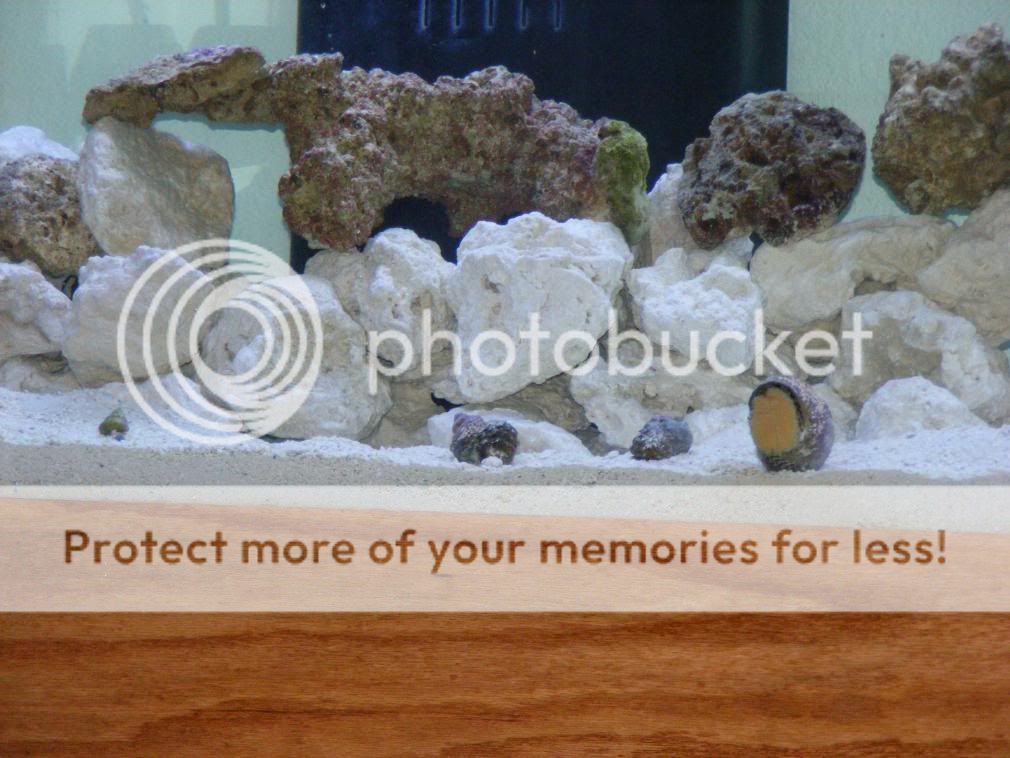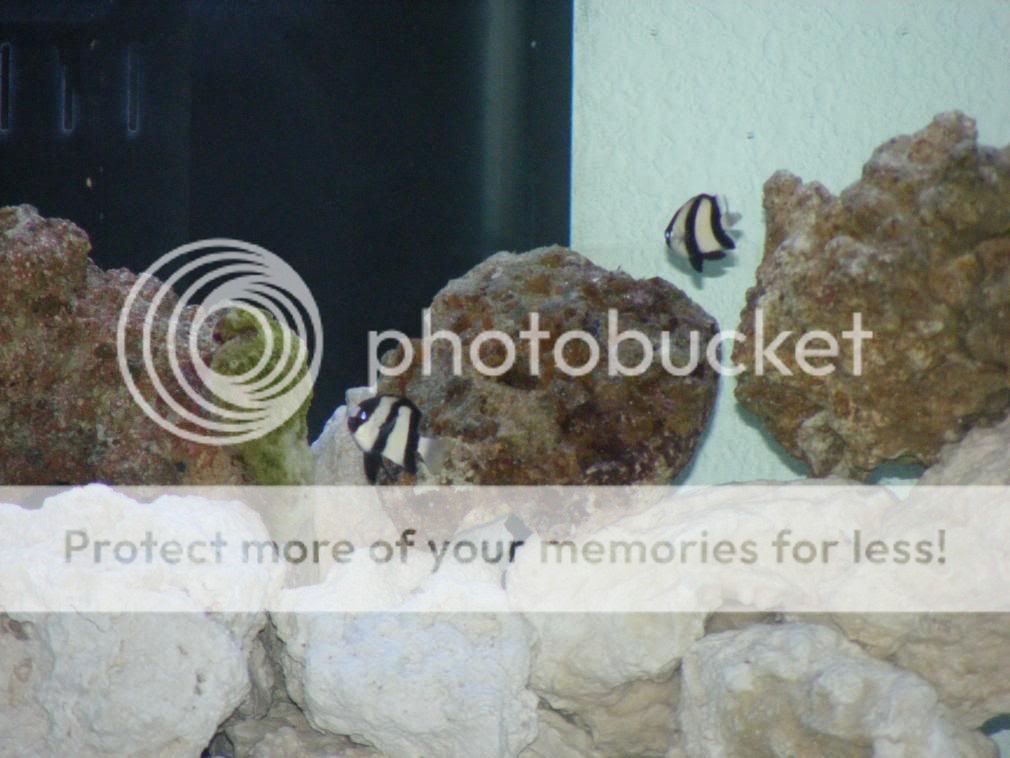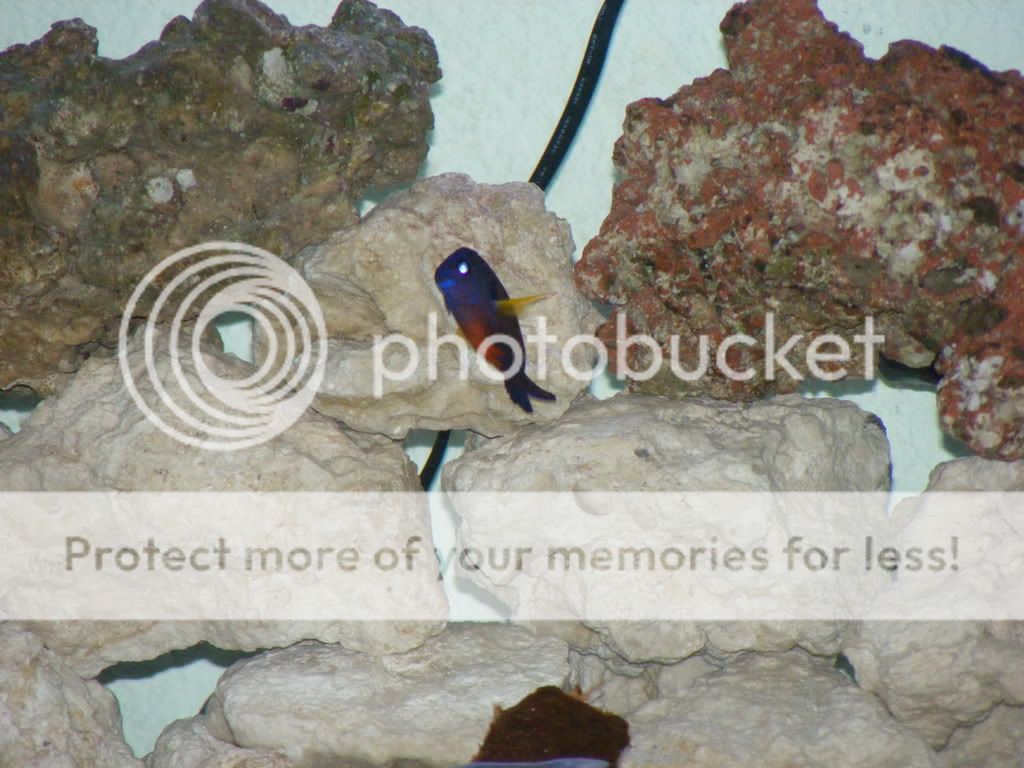I started this project 3 months ago and finally have water in today. :bounce: One of my goals to start out was to build as much as I could, so I did a lot of reseach, planning, designing and building. So for I am happy with the result. I am starting out with a FOWLR and after I have been able to maintain good water parameters for a long enough period of time want to add corals.
I started out with a predrilled 75g all-glass tank. I custom build stand pipe and return lines. I then built a custom oak stand.
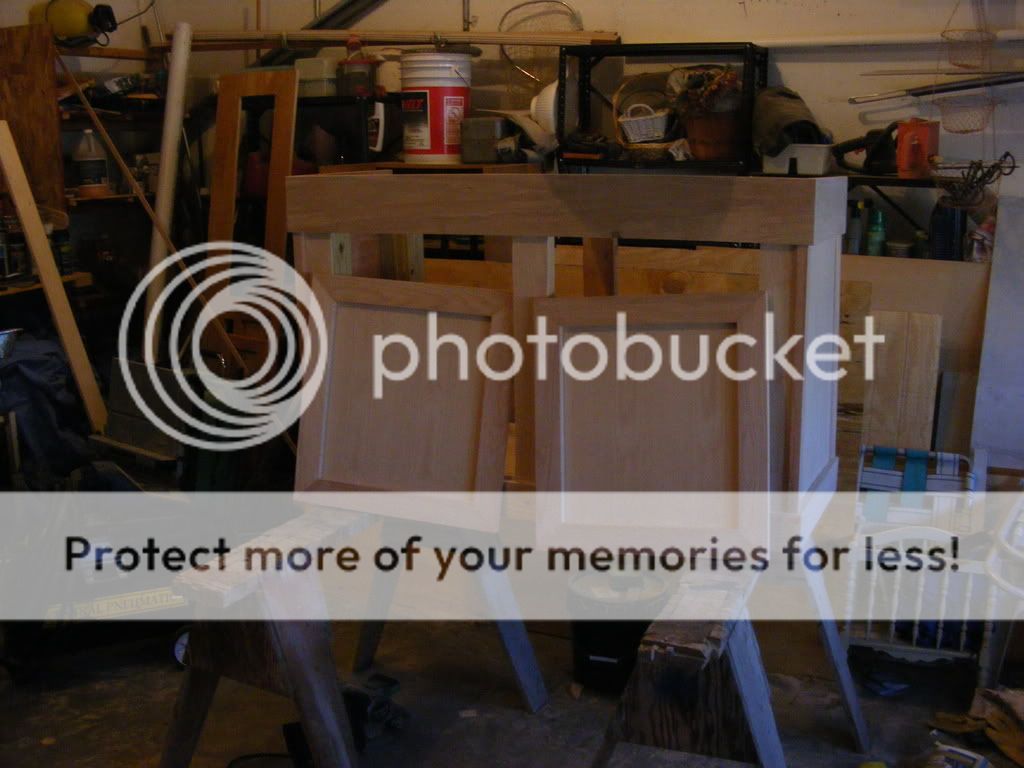
I am still working out the design for a custom canopy to match.
I also built the wet/dry/refugium out of a 20g L tank. I drilled the side of the tank for plumming of an external pump(little giant). I have also added a 400 watt heater and a protein skimmer(i got this one free, I haven't settled on a final design for the one I am planning on building yet). In the refugium I am adding 15lbs of live sand and 10 lbs of live rock. I also have 3g of bio-balls that I plan on removing once I have established enough live rock. After testing I am cycling 628 gph
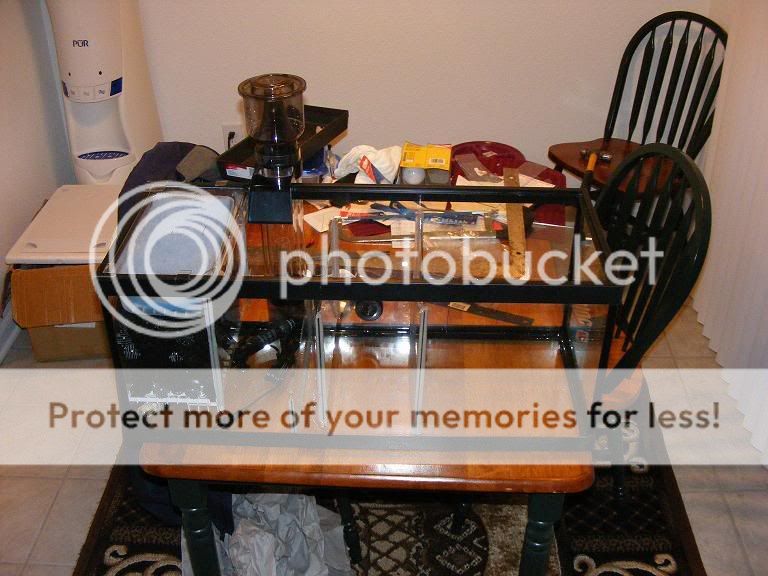
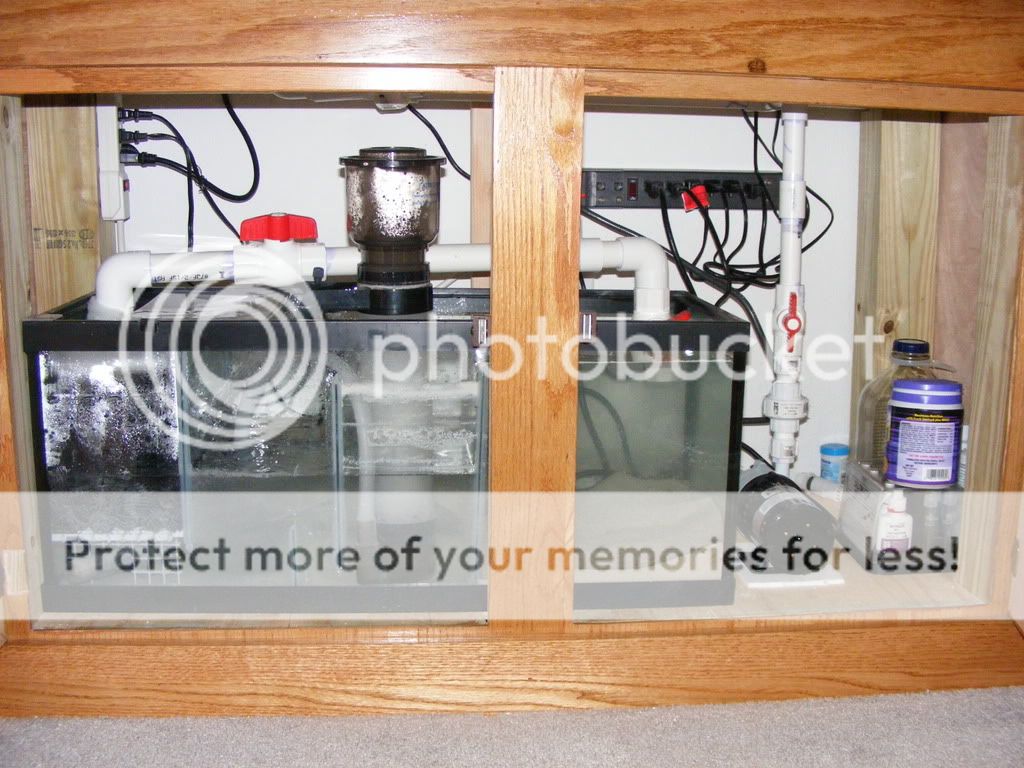
I did all the plumbing and tested for leaks, luckly only one very small leak in the return line that was fixed by a loose fitting. I then added 80lbs of base rock and 100lbs of live sand. I have 4 internal pumps moving water around and through the rocks. This is a pic right after filling with water.
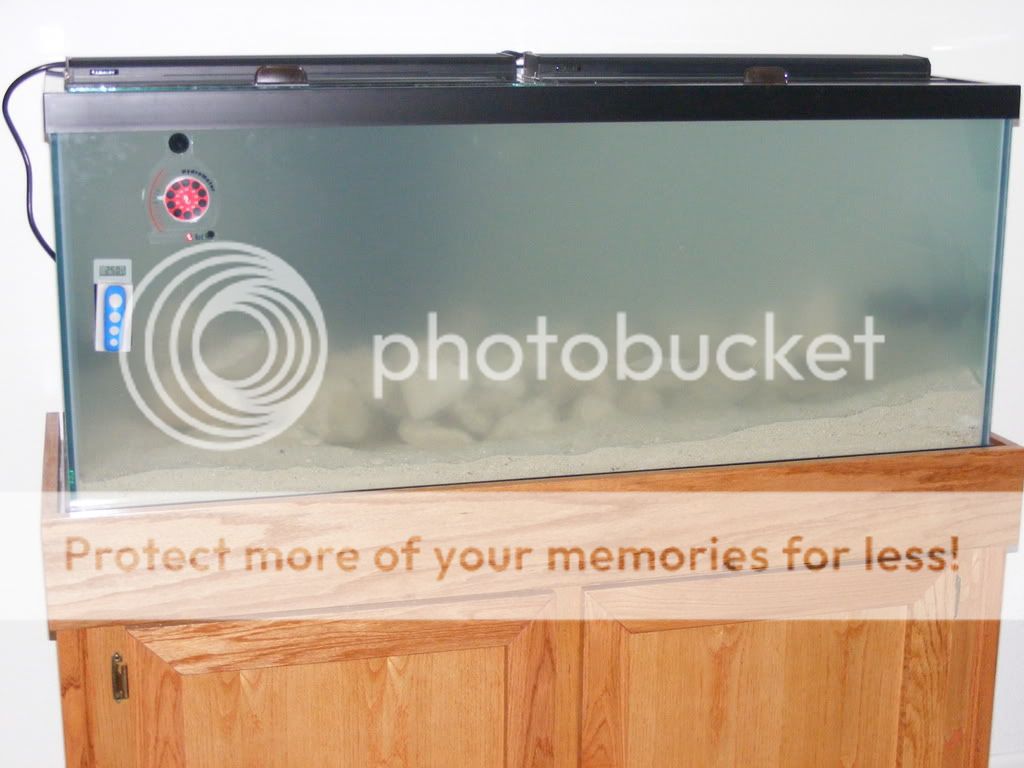
24 hrs later and a little rearranging of the rocks
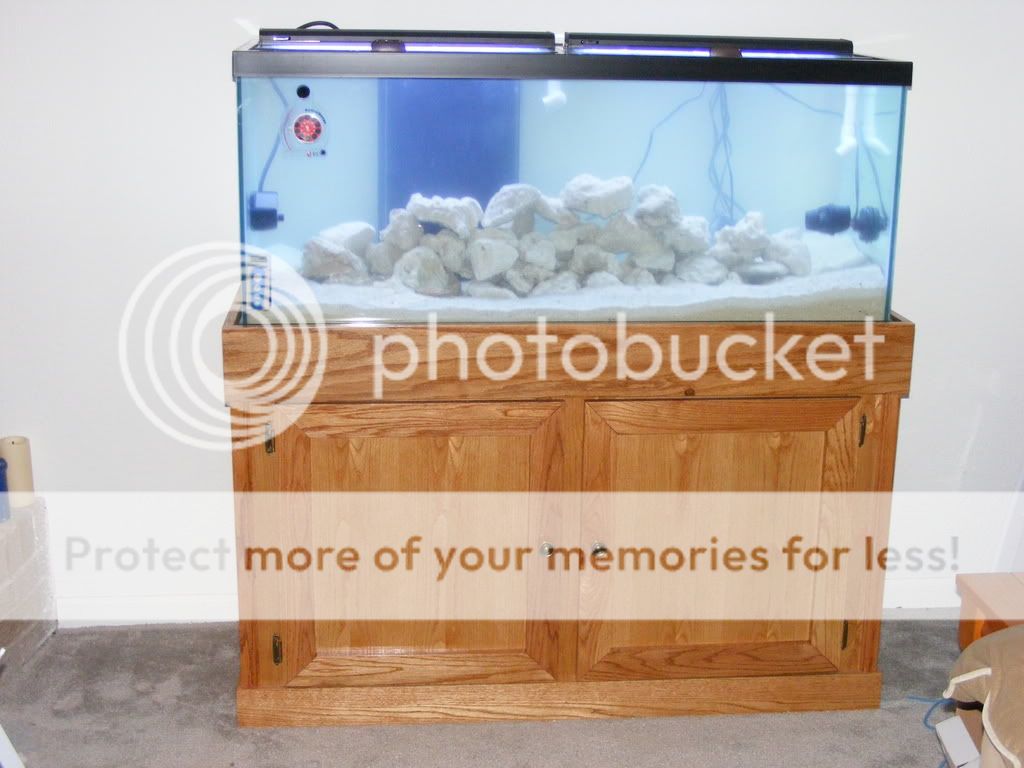
right now I have 2 24" coralife 50/50 t-5 strip lights. I also have a 100gpd RO/DI unit and I am using Instant Ocean salt. I am planning on going to the LFS today to pick up some live rock to seed all of the base rock with. Still deciding on what fish I am going to add, most likely won't decide untill it's about done cycling.
Current additions I am still working on:
custom protein skimmer
Custom Canopy with Metal Halide lighting
automatic top off
I will post new additions as I finish them. Any comments or suggestions would be helpful.
I started out with a predrilled 75g all-glass tank. I custom build stand pipe and return lines. I then built a custom oak stand.

I am still working out the design for a custom canopy to match.
I also built the wet/dry/refugium out of a 20g L tank. I drilled the side of the tank for plumming of an external pump(little giant). I have also added a 400 watt heater and a protein skimmer(i got this one free, I haven't settled on a final design for the one I am planning on building yet). In the refugium I am adding 15lbs of live sand and 10 lbs of live rock. I also have 3g of bio-balls that I plan on removing once I have established enough live rock. After testing I am cycling 628 gph


I did all the plumbing and tested for leaks, luckly only one very small leak in the return line that was fixed by a loose fitting. I then added 80lbs of base rock and 100lbs of live sand. I have 4 internal pumps moving water around and through the rocks. This is a pic right after filling with water.

24 hrs later and a little rearranging of the rocks

right now I have 2 24" coralife 50/50 t-5 strip lights. I also have a 100gpd RO/DI unit and I am using Instant Ocean salt. I am planning on going to the LFS today to pick up some live rock to seed all of the base rock with. Still deciding on what fish I am going to add, most likely won't decide untill it's about done cycling.
Current additions I am still working on:
custom protein skimmer
Custom Canopy with Metal Halide lighting
automatic top off
I will post new additions as I finish them. Any comments or suggestions would be helpful.

